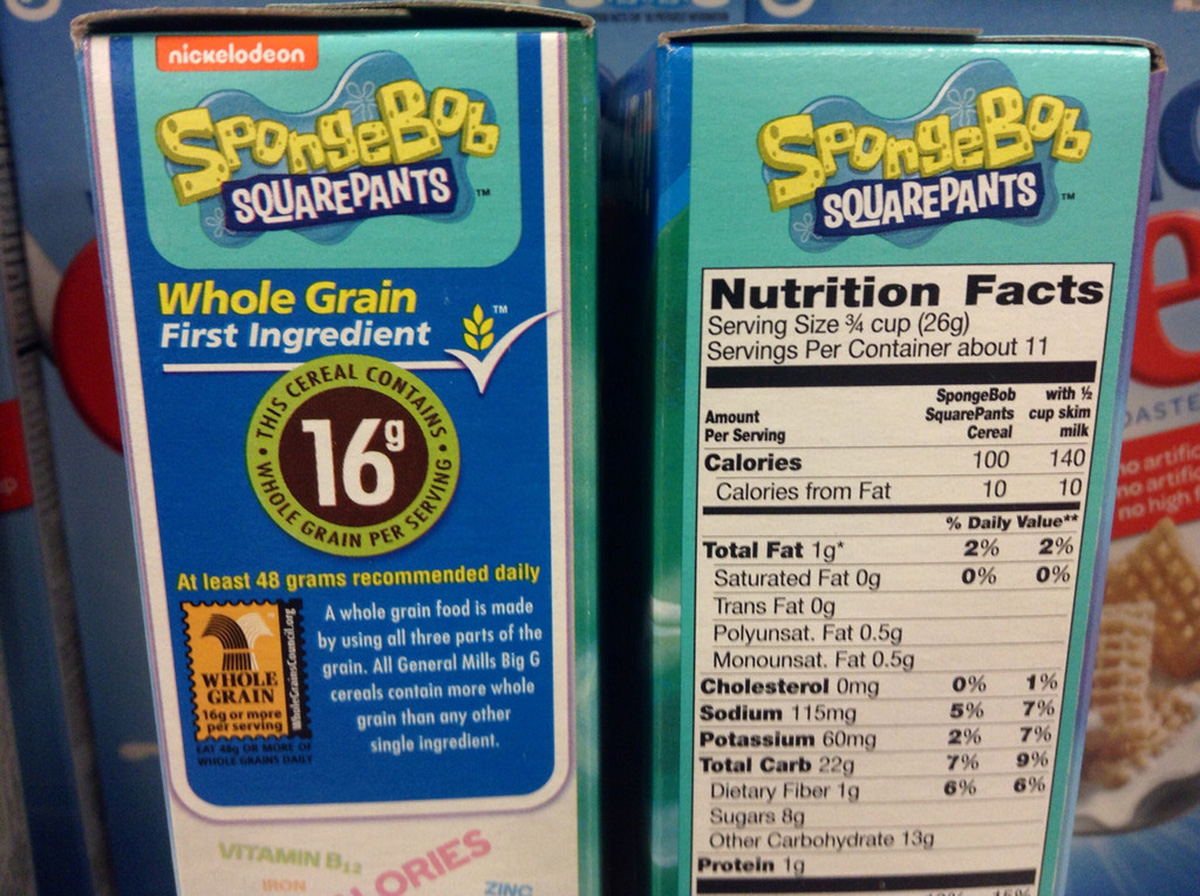Table of Contents
Sodium
Another part of the food label that can be misinterpreted is the sodium content. Many people think that this is the equivalent to how much salt is in your food product, which in part it is but it is only a fraction of the actual salt content. When you have a sodium figure you have to times that by 2.6 to get the actual salt that is contained in the product so this information can often be misleading. The simplest thing to do is just double what ever the sodium value is to get a more accurate value of the salt because too much salt is linked to many cardiac problems such as heart attack and blocked arteries.

Cholesterol
There are two types of cholesterol - HDL and LDL. LDL is the bad cholesterol that builds up and can lead to blocked arteries and the HDL is good cholesterol because this takes away fatty lipids to be broken down by the liver and expelled. It is difficult to monitor the amount of cholesterol a person takes in daily but many food labels are now starting to show the amount potentially in the food product. The way to test your cholesterol is to get a blood test to show how much there is in your blood stream and any food that has a high level of cholesterol will add to this.
Fat
The biggest and scariest of all the information on the food label is the fat content. But, for all its problems there are many benefits to certain fats and the body needs it for protection and insulation of the organs. On a food label you often find a breakdown of saturated and unsaturated fats, saturated fat is the worst of the two and is often high in cholesterol and stored as fat in the places we don't want it! On average you should consume no more than 30g for men and 20g for women per day.
They are low in cholesterol and are used by the body for energy and insulation. They can also be found in many fruit and vegetables such as avocadoes. On average you should consume about 70g total across all types of fat but this varies depending on your goals (weight loss/gain).
Vitamins And Minerals
At the bottom of the label there is another section titles vitamins and minerals and this is where it is listed what main vitamins etc can be found in this product and in what quantity. The best thing about this is it is very easy to read and the information is given in percentage of your daily intake so you can look very quickly and see what is good. Any food which as hardly any vitamin or mineral percentage is of very low nutritional value and probably should be avoided or eaten in small amounts.
See Also: Ten Unusual And Healthy Vegetables You Need To Try
Its important to check with a doctor if you are concerned about any diet changes but remember to look at the food label for processed foods in particular so you know exactly what you are eating.
- Photo courtesy of USDAgov via Flickr: www.flickr.com/photos/usdagov/5492954135
- Photo courtesy of JeepersMedia via Flickr: www.flickr.com/photos/jeepersmedia/15172260936
- www.nhs.co.uk www.bda.uk.com

